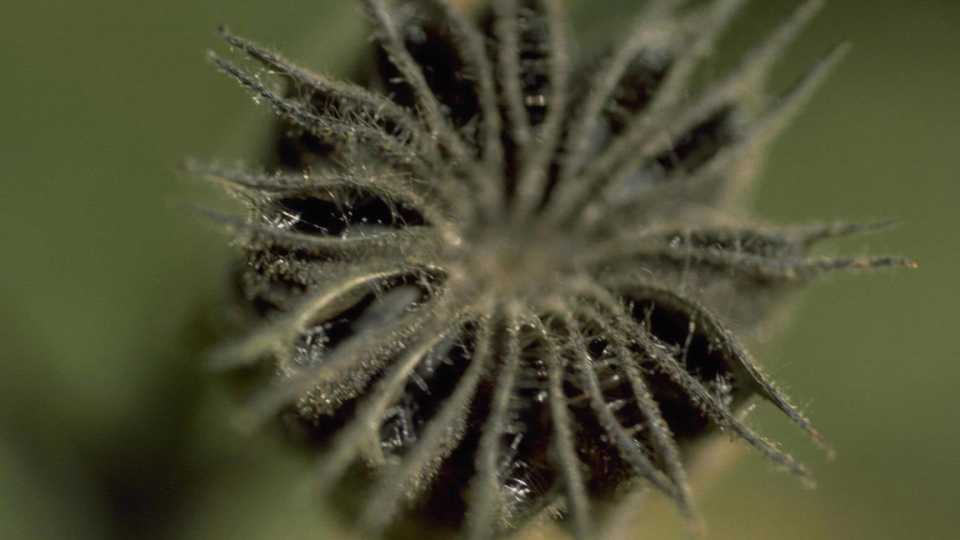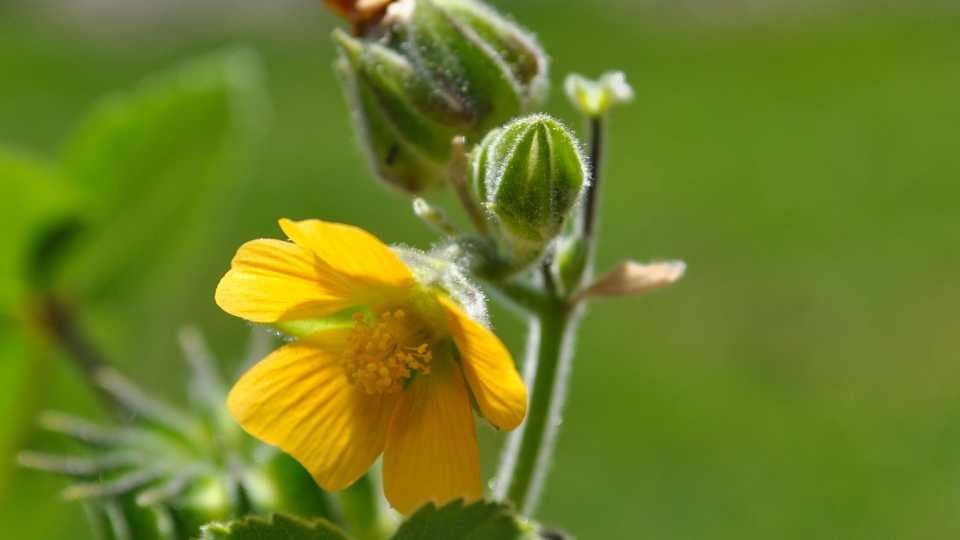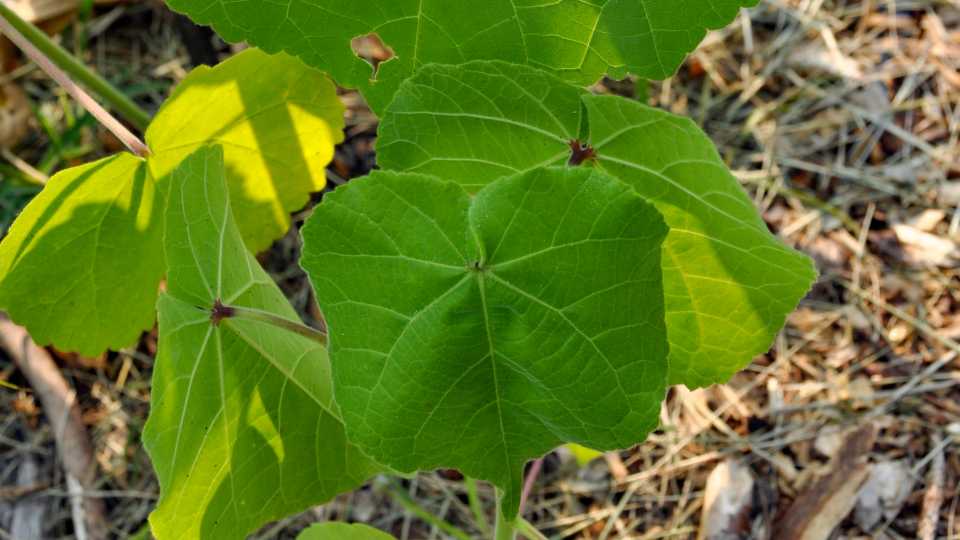Field Scouting Guide: Velvetleaf
This installment of Field Scouting Guide concentrates on velvetleaf. Doug Doohan, Ohio State University, shares what you should know to identify and treat this weed.
BASICS
- Scientific name: Abutilon theophrasti
- Common name: Velvetleaf
- Geographical Range: Distributed globally; all the lower 48 states and all of Canada except Newfoundland, and the far north. In 2002, it was found in three important agricultural regions of Mexico, Valle de Santiago, Comarca Lagunera, and Montecilllo.
- Crops affected: Mainly row crops grown for grain, and it is likely to be a problem in vegetable crops rotated with grain.
PEST IMPACT
Unlike other abutilon species, velvetleaf (A. theophrasti) thrives in temperate climates. As a result, you can find it throughout most growing regions in the U.S. I do not consider velvetleaf on its own to have major economic impact on vegetable production, because it is well controlled in most vegetable crop rotations.
However, velvetleaf competes aggressively beyond the seedling state. A single velvetleaf plant that reaches maturity will always grow as tall, and usually taller, than the surrounding crop, competing strongly for sunlight, water, and nutrients. This happens very early in the crop cycle — certainly during the first six weeks of growth. And depending on the time of year, it can occur much sooner than six weeks.
IDENTIFICATION
Velvetleaf is quite distinctive and rarely confused with other weeds. Distinguishing characteristics include an upright growth habit and large, alternate, velvety-soft, valentine-heart-shaped leaves. Upon maturity, velvetleaf produces yellow/yellow-orange flowers and fruits consisting of a ring of several seedpods produced from each flower. The stems and branches of plants that survive past senescence or a killing frost turn brown or black topped by the erect clusters of seedpods.
RECOMMENDED TREATMENT
The single most effective treatment for velvetleaf, as with all other weed species, is to prevent it from going to seed in your field.
Controlling velvetleaf well in non-vegetable rotational crops is critical, as velvetleaf soil seedbanks can build up in a few years of poor control. However, herbicides control velvetleaf well in most conventional row crops.
Here are a few herbicide recommendations based on the crop:
- Cabbage – Spartan (FMC Corporation)
- Cucurbits – Command (FMC Corporation) and Sandea (Gowan)
- Onion – Chateau (Valent); Peas/Beans – Basagran (BASF)
- Pepper – Command (FMC Corporation)
- Potato – Linuron (AgNOVA/ NovaSource) and Matrix (Corteva AgriScience)
- Sweet corn – Atrazine, Callisto (Syngenta), Impact (AMVAC Chemical Corporation), and Laudis (Bayer CropScience)
- Tomato – Sandea (Gowan); Spartan (FMC Corporation); and Matrix (Corteva AgriScience).

















